Buy-to-let is booming. Rents in England and Wales have risen to a new record of £770 per month, according to letting agents Your Move and Reeds Rains, thanks to strong tenant demand. Indeed, as many as seven tenants are now chasing every new rental property that becomes available.
The key to a successful buy-to-let investment is attracting tenants and keeping them. With buy-to-let lending the only sector seeing growth in the UK at the end of 2014, more landlords are entering the market, which means you are facing growing competition. How can you stand out or prevent your tenants looking elsewhere?
Two words: home improvements. Much like selling your home, any improvements made to your property can significantly boost its price tag, as well as its appeal. Here six pieces of DIY that can boost your buy-to-let investment.
1. Insulation
Energy efficiency should be the first priority for any landlord. Heating a home costs money, which means that your tenants will be facing tough financial times if your home does not stay warm. Insulation is the most straight-forward thing to improve your home’s efficiency, although replacing your boiler or considering more expensive options, such as green energy sources, are also possibilities. With one in five tenants estimated to live in fuel poverty, the importance of insulation cannot be overstated, if you hope to attract a renter.
2. Double-glazing
Double-glazing is considered a standard feature of new build homes, which means that if you are letting out an older property, you are automatically one step behind the competition. Improving your window glazing is therefore a significant leap forward in the race to retain your tenants.
The good news is that the UK government’s Green Deal Home Improvement Fund means that you can claim back up to £1,000 towards the cost of installing two energy improvements, including double glazing (as a replacement for single glazing), a condensing gas boiler, cavity wall insulation, floor insulation, insulation for a room in the room and fan-assisted storage heaters. For more information, visit www.gov.uk/green-deal-energy-saving-measures
3. Floors

Floors are something many landlords overlook, but a damaged floorboard or carpet can be a potential health hazard, particularly if located near the stairs. Wooden floors or laminate kits can be more expensive, although they are more resistant than carpets and, again, will put you in good stead when compared to newer homes.
4. Replace the Locks
Does your home have locks on all the external windows and doors? Are they in good working order? Replacing keys owned by you, your letting agency (if applicable) and your tenants may sound like a lot of hassle, but boosting your property’s security is not only good news for your property’s appeal to new renters, but will also reassure any existing residents that you take their safety seriously.
5. Basic Maintenance
Basic maintenance is the most important part of any landlords’ duties. When things break, they should be repaired as a matter of routine, while gas checks (which are legally obliged to take place every year) and other safety tests should also be carried out regularly. An unresponsive landlord who does not care about their living conditions is one of the main causes of tenants deciding to leave a property and move elsewhere.
6. A Balcony / Garden
Once you have considered – and perhaps ticked off – all the others on the list, this is the holy grail of rental properties: according to a survey by insurance firm AXA, 35 per cent of tenants said that outdoors area, such as a balcony, patio or garden, would be the dream addition to their home.
Our thanks to TheMoveChannel.com for this article, who offer advice, information and property listings for Landlords and property Investors.
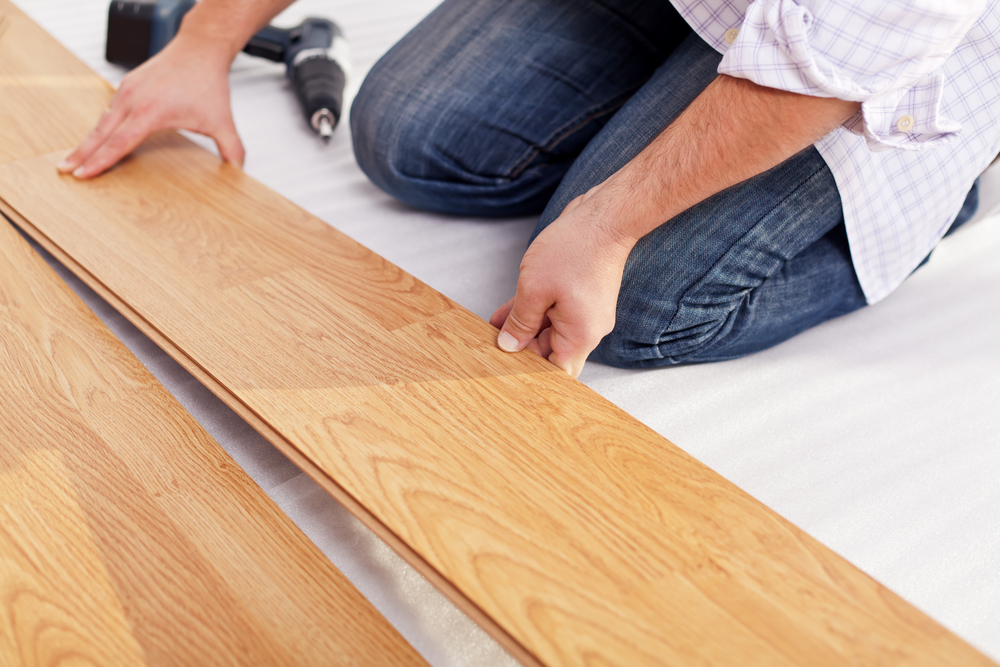










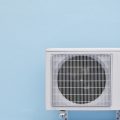

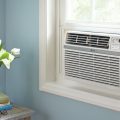

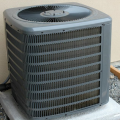
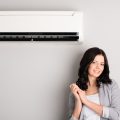
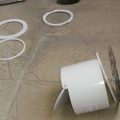





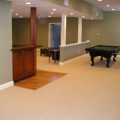







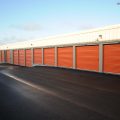
No Comments
Leave a comment Cancel